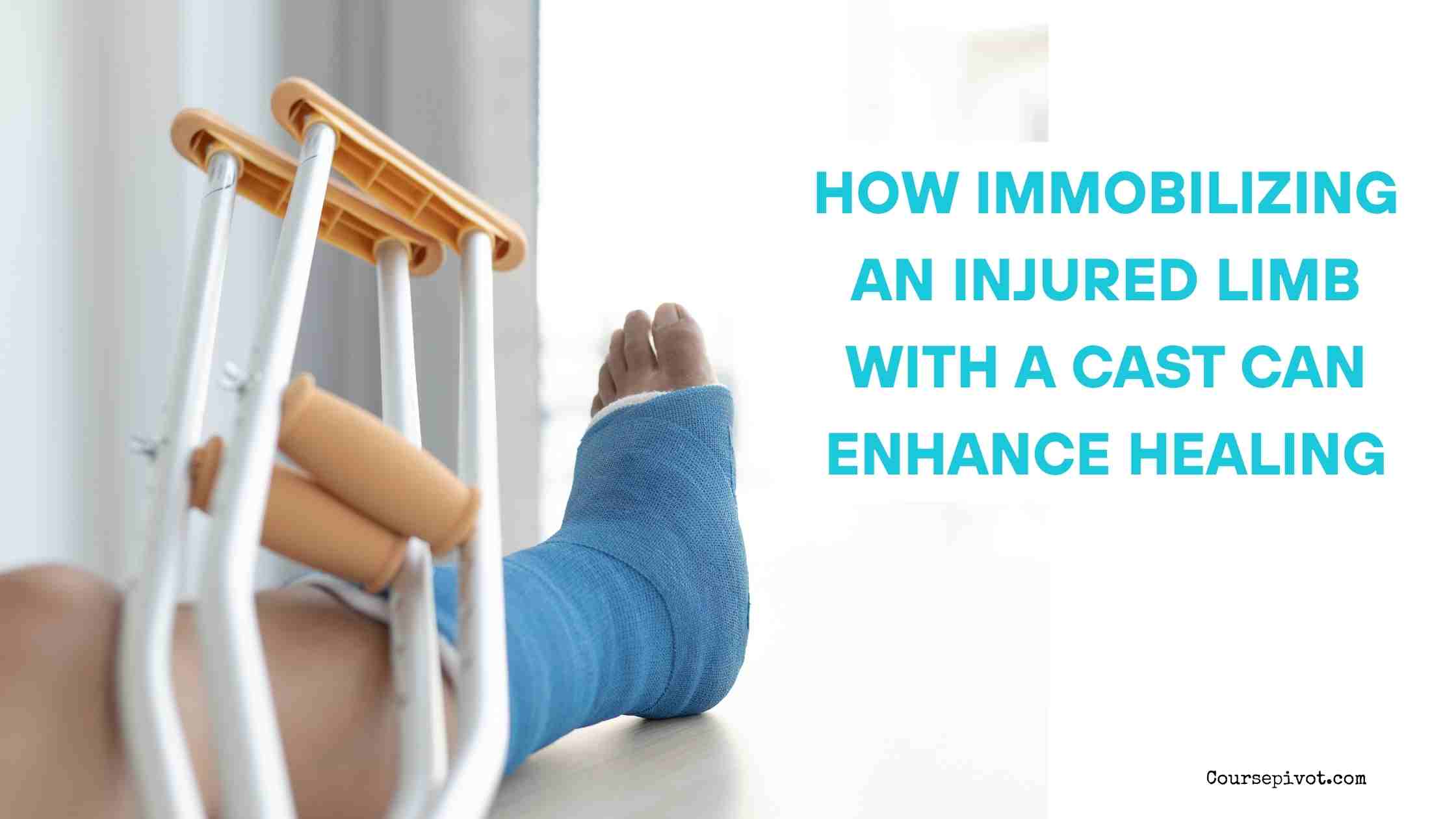
How Immobilizing an Injured Limb with a Cast Can Enhance Healing
When an injury happens to a limb, such as a broken bone or severe sprain, immobilizing that limb using a cast is often a vital part of treatment. You might wonder, why exactly does keeping a limb still help it heal better? From my personal understanding and experience, immobilization with a cast provides a controlled environment that supports the body’s natural healing process by preventing further damage and encouraging proper recovery.
Table of Contents
What Immobilization Actually Means in Healing
Immobilization refers to restricting all movement of the injured limb to prevent it from shifting or moving in ways that could worsen the injury. A cast acts as a solid shell or brace that firmly holds the limb in one position. Unlike a simple splint or brace, a cast is rigid and completely encases the affected area, leaving no room for accidental movement.
The Role of a Cast in Healing Injuries
1. Maintaining Proper Bone Position and Alignment
When a bone breaks, the fragments need to be precisely aligned to heal correctly. This is called anatomic alignment. If the pieces shift, the bone can heal improperly, causing deformities or loss of function.
- The cast holds bone fragments tightly together.
- It prevents them from sliding or twisting.
- This stable environment allows the bone cells to knit back together naturally.
2. Protecting the Injury from Further Trauma
Injuries are vulnerable in the first days or weeks after they occur. Without immobilization, even small movements can:
- Reopen a fracture site
- Cause micro-movements that irritate the surrounding tissue
- Lead to additional bleeding or swelling inside the limb
A cast acts like a protective armor. It prevents accidental bumps or movements that could aggravate the injury.
- Read our blog on Define and Describe the Different Types of Risk Factors
3. Reducing Pain by Minimizing Movement
Pain often worsens when the injured area is moved. By immobilizing the limb, a cast drastically reduces:
- The stretching or pulling of damaged nerves and tissues
- Muscle spasms caused by instability
- Overall discomfort during healing
Less pain also encourages the patient to rest more, which is crucial for recovery.
4. Limiting Swelling and Inflammation
Swelling results when fluids accumulate around an injury. Movement can increase this inflammation by irritating tissues repeatedly.
- The cast compresses the area gently, controlling swelling.
- Immobilization keeps soft tissues from being overstretched or injured further.
- Less swelling means faster healing and less risk of complications like compartment syndrome (dangerous pressure buildup).
5. Allowing Soft Tissue Healing
Beyond bones, muscles, ligaments, and tendons around the injury also need time to repair.
- A cast prevents these tissues from moving and tearing further.
- It helps damaged blood vessels repair and new tissue to form.
- Immobilization provides the essential rest soft tissues need.
Why Moving the Injured Limb Can Be Harmful
It might seem natural to want to move or test the injured limb as soon as pain decreases. However, early movement can:
- Disrupt fragile healing tissues
- Cause the bone to misalign again
- Delay healing or cause chronic pain and dysfunction
A cast forces rest by design, making sure the limb stays in the safest position.
My Reflection on the Importance of Casting in Healing
From my perspective, immobilizing an injured limb with a cast is not just a treatment step but a critical healing strategy. The cast creates a stable, protected environment where the body can focus on repairing the damage without interruptions.
Ignoring immobilization or removing the cast prematurely often leads to setbacks, longer recovery, and sometimes permanent issues.
Casts are sometimes uncomfortable or inconvenient, but their benefit far outweighs the temporary inconvenience.
- Read our blog on 20 Things to Expect After Brain Surgery
Why Immobilization with a Cast is Essential for Healing
- Keeps broken bones properly aligned
- Prevents further injury and tissue damage
- Reduces pain by limiting movement
- Controls swelling and inflammation
- Supports soft tissue repair
Immobilization with a cast supports the body’s healing by ensuring everything stays in place, allowing natural repair mechanisms to work efficiently and safely. It is an essential tool in the recovery process after a serious limb injury.
Cite this article
You can copy and paste your preferred citation format below.
Martin, L. & Arquette, E.. (2025, May 25). How Immobilizing an Injured Limb with a Cast Can Enhance Healing. Coursepivot.com. https://coursepivot.com/blog/how-immobilizing-an-injured-limb-with-a-cast-can-enhance-healing/



